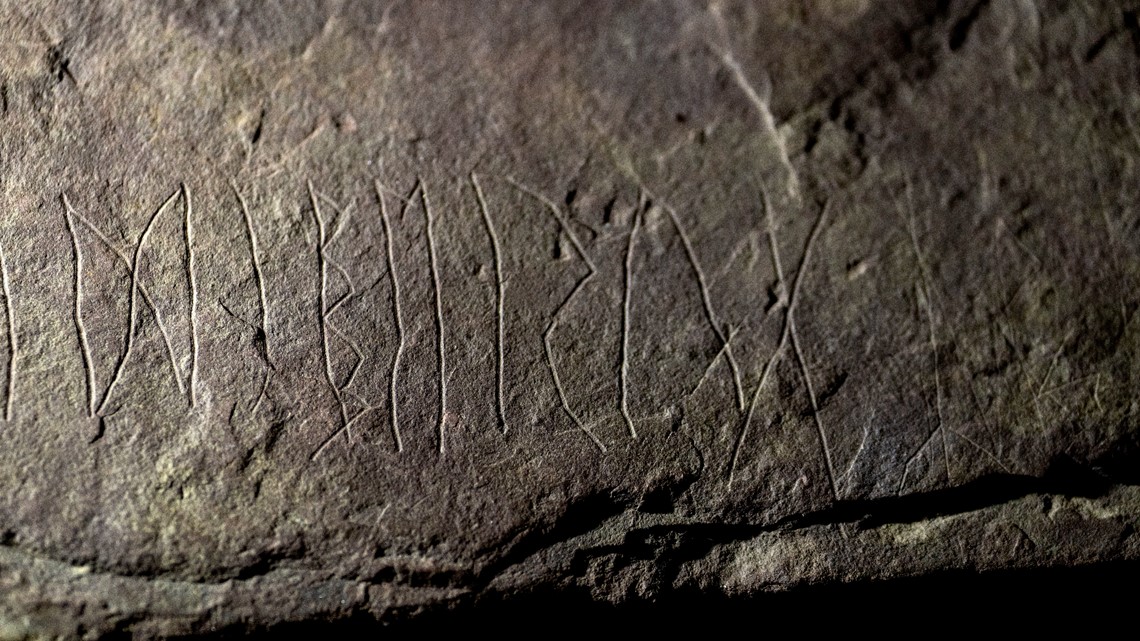Uncategorized
Archaeologists Uncover Denmark’s Oldest Runes on Ancient Knife in Historic Discovery
In a groundbreaking archaeological find, a team of experts in Denmark has discovered the country’s oldest runic inscription on a 2,000-year-old knife. The find, unearthed near Odense on the island of Funen, sheds new light on the earliest stages of the Scandinavian language and the cultural influences of the time.
The iron knife, measuring 8cm, was found in a grave beneath an urn. Its significance was initially overlooked until conservators cleaned it, revealing the runic inscription consisting of five characters, each about 0.5cm tall, followed by three grooves. The runes spell out ‘hirila,’ translating to “little sword” in Old Norse.
This discovery, made by Jakob Bonde, the city’s museum curator and archaeologist, is monumental as it predates the Jelling stones in Jutland, known as “Denmark’s birth certificate,” by 800 years. The Jelling stones, erected around 965 by King Harald Bluetooth, mark a later period in runic and Danish history.
The inscription on the knife is believed to refer to the object itself rather than its owner, who is thought to have been a high-status individual in society. This finding aligns with the period’s Roman influence, where the elite sought to emulate Roman styles and customs.
Bonde described the discovery as receiving a note from the past, highlighting its significance in understanding the development of early Scandinavian language. The knife will be displayed at Museum Odense in Møntergaarden from February 2, alongside other artifacts from the site.
Lisbeth Imer, a runologist from the National Museum of Denmark, emphasized the rarity of finding runes as old as those on the knife. This discovery offers a unique opportunity to gain deeper insights into Denmark’s earliest written language and the social structure of the Iron Age, where literacy was a sign of high status and power.
The find on Funen represents a crucial piece in the puzzle of Denmark’s early history, indicating the presence of a small intellectual elite capable of writing during the runic history’s early days. This discovery not only enriches our understanding of Denmark’s past but also serves as a testament to the enduring legacy of ancient languages and cultures.













